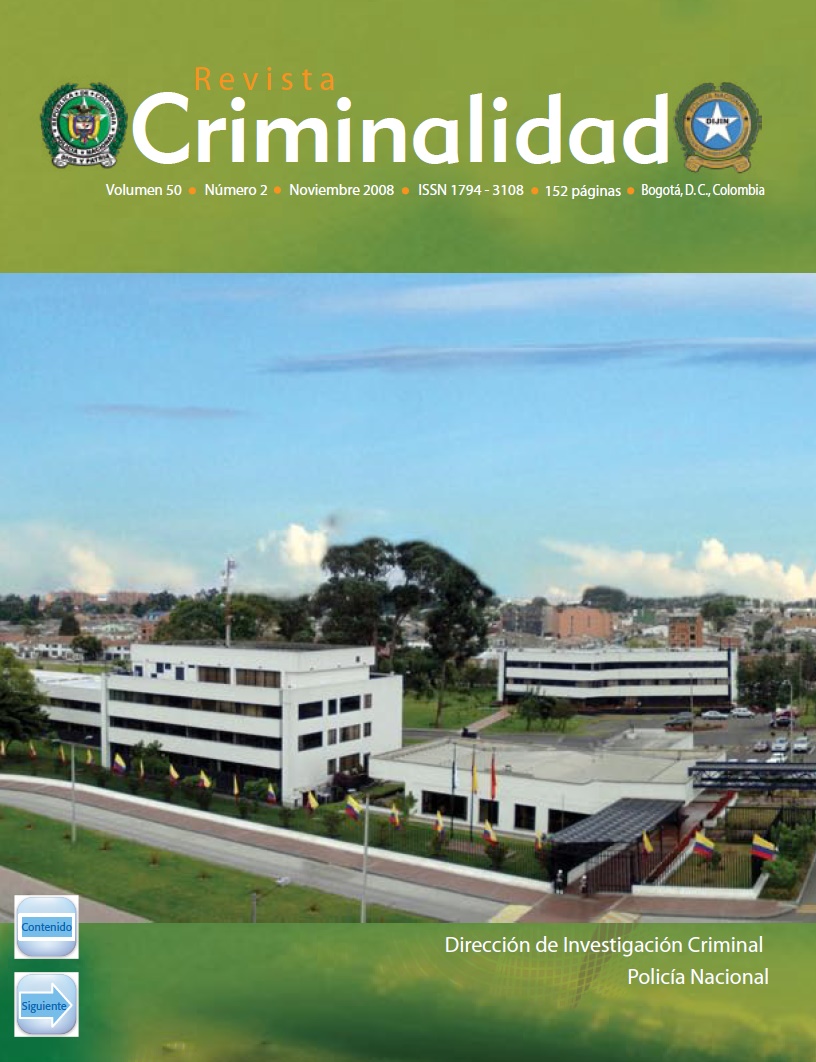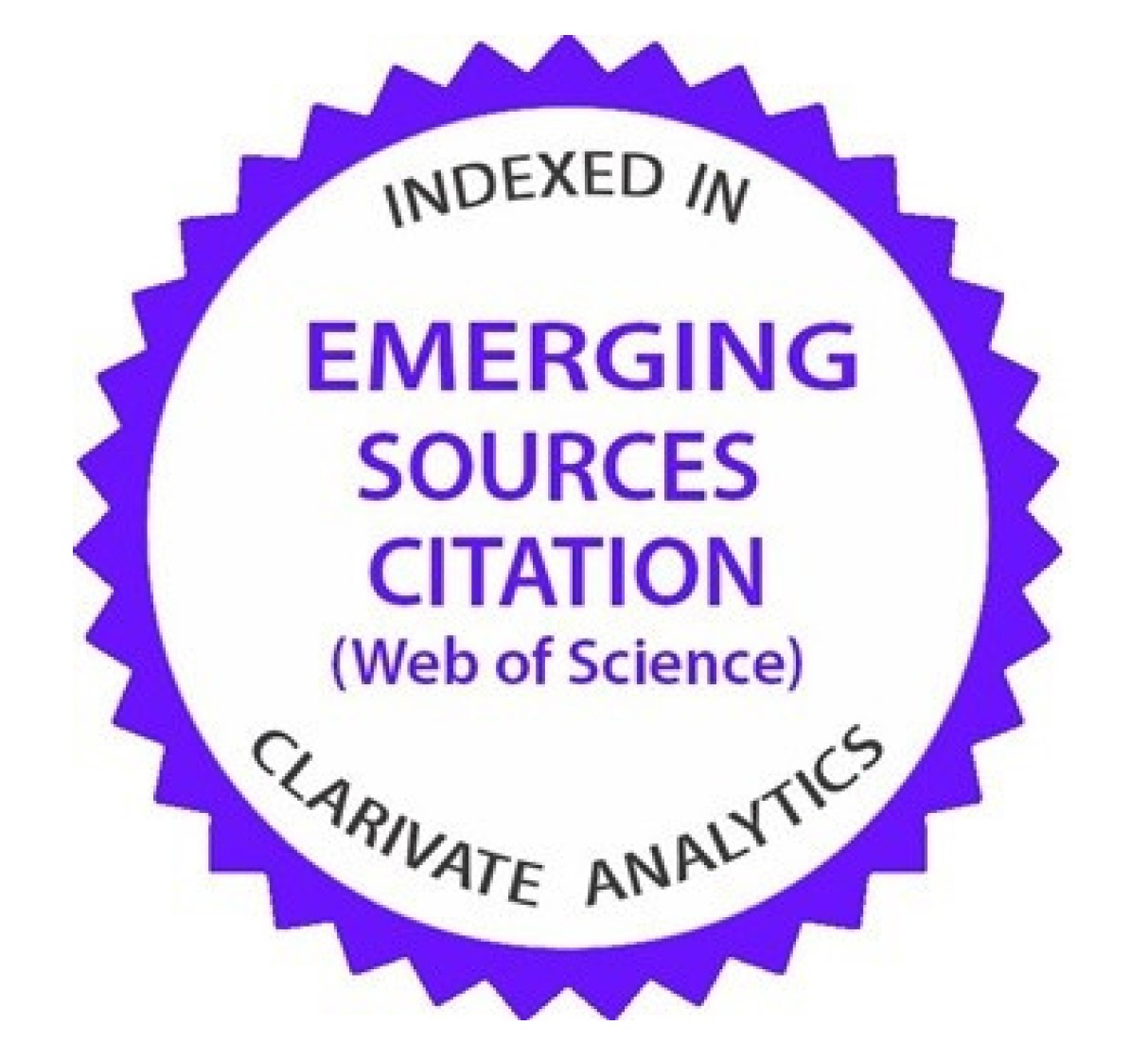Analysis of Crime Prevention and Human Rights Promotion Programs in Colombia
Keywords:
crime prevention, human rights protection, social psychology, psychological theories, social representationAbstract
This paper is a theoretical reflection resulting from a review of the theoretical and methodological assumptions lying in Crime Prevention and Human Rights Promotion Programs. This paper evolves from assumptions of social psychology, which has identified some psychological variables that explain group dynamics. Such variables are key to implementing prevention programs intended to change and/or modify behaviors.
This paper proposes some psychological guidelines that must be taken into account when designing Crime and Human Rights Prevention Programs, so as to have an impact on target population.
Downloads
References
Araya Umaña, S. (2002). Las representaciones sociales, ejes teóricos para su difusión. Cuadernos de Ciencias Sociales. FLASCO, 127. Costa Rica.
Bachs, M. (1986). Concepto de representaciones sociales: análisis comparativo. Revista Costarricense de Psicología, 89, 27-40.
Bachs, M. (1986). Cognición social y representación social. Revista de Psicología de El Salvador, 30, 361371.
Bandura, A. (1977). Self-efficacy: Toward unifying theory of behavior change. Psychological Review, 84, 191215.
Bandura, A. (1986). Social foundations of thought and action. New York: Prentice-Hall.
Berger, P. & Luckman, T. (1991). La construcción social de la realidad. Buenos Aires: Amorrortu Editores.
Casique Guerrero, A. (2007). El locus de control. Revista Panorama Administrativo, 1 (2), 193-202.
D’ Giacomo, J. (1987). Teoría y método de las representaciones sociales. En Paéz, D., Pensamiento, individuo y sociedad: cognición y representación social. Madrid: Fundamentos. Duran, R. T. (2001). El constructo locus de control en la toma de decisiones educativas. Revista Pedagogium. México: Centro de Investigación y Asesoría Pedagógica, 1 (3). 8-11.
Fernandez, A. E. (1999). Rescensión Autoeficacia: cómo afrontamos los cambios de la sociedad actual.; Albert Bandura. Revista Electrónica de Motivación y Emoción, 3, 5-6. En: http://reme.uji.es/articulos/ agxfee9232111100/texto.html.
Giménez, G. (2003). Seminario Permanente de Cultura y Representaciones Sociales. En: http//132.248.35.37/ IISSamples/Default/cultura/Biblio/La%20nocian%20de%20represe... Moscovici, S. (1981). La era de las multitudes. Un trato histórico de psicología de las masas. México: Fondo de Cultura Económica.
Moscovici, S. (1991). La psicología social I. Barcelona: Paidós.
Nizcor. (2007). Informe de la Alta Comisionada de las Naciones Unidas para los Derechos Humanos sobre la situación de los derechos humanos en Colombia. Distr. General - E/CN.4/2002/17. En: http://www.derechos. org/nizkor/colombia/doc/inforobin02.html. Villegran, Vázquez, G. & Daz-Loving, R. (2002). Ejecución de conductas de riesgo y prevención para la salud: el papel del conocimiento y la motivación. En Castañeda, S. (coord.). Evaluación y toma de decisiones. 621-659.
Downloads
Published
How to Cite
Issue
Section
License
Copyright (c) 2023 Revista Criminalidad

This work is licensed under a Creative Commons Attribution-NonCommercial-NoDerivatives 4.0 International License.
Licencia creative commons CC BY NC ND https://creativecommons.org/licenses/by-nc-nd/2.0/















